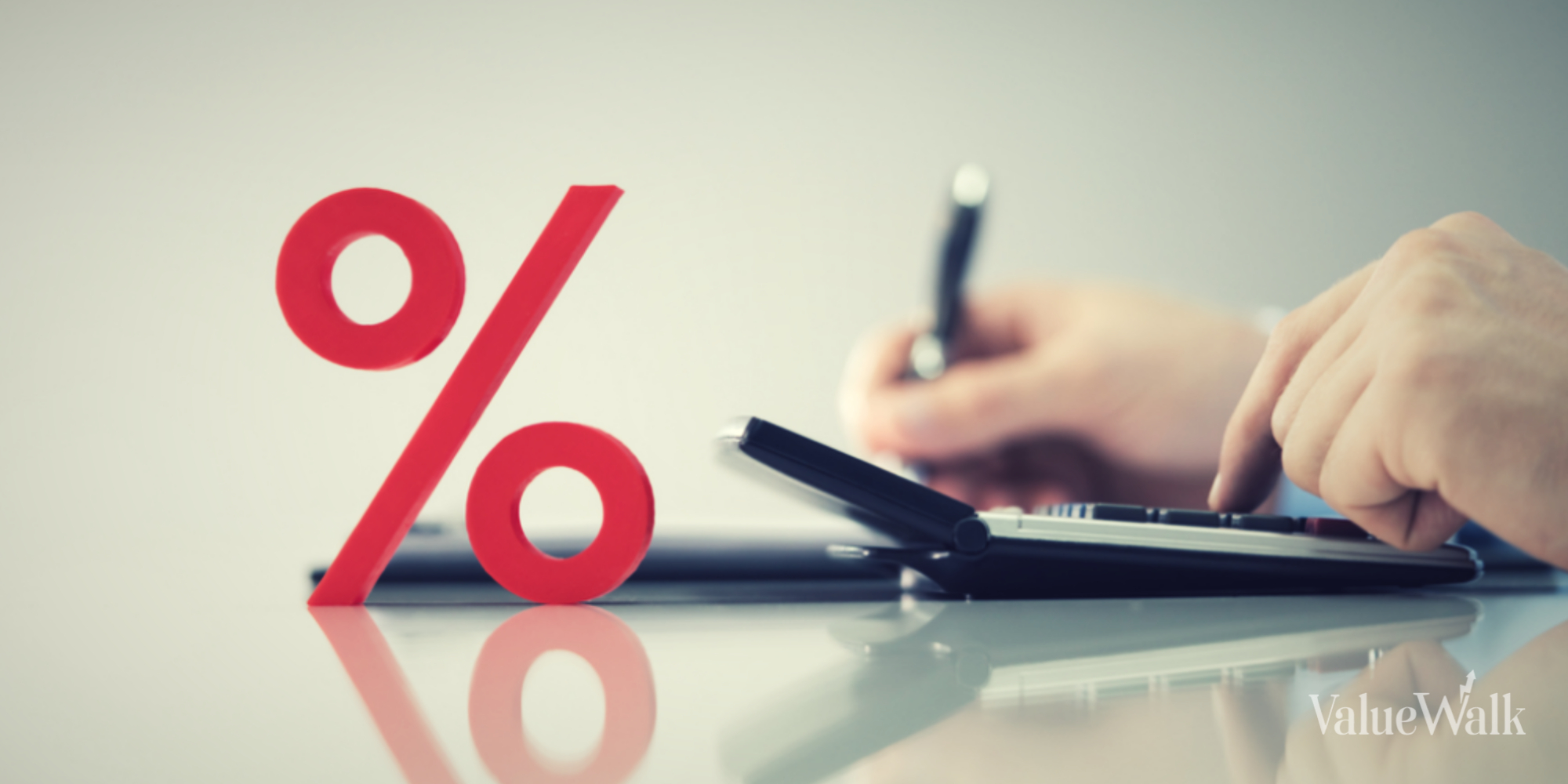Procter & Gamble Stock Continues to Be Resilient Despite Turmoil
- P&G’s products are not very price sensitive.
- The stock is less volatile than the broader market.
- The long-term economics of the company remain intact, making it an attractive stock.
Procter & Gamble (NYSE:PG) is an American multinational consumer goods company known for brands such as Pampers, Tide, Bounty, and Gillette. Consumer staple companies tend to hold up better during inflationary times, as they provide products that are often necessary for everyday use. Therefore, having defensive stocks in your portfolio during times of inflation can help mitigate some of the side-effects of rising prices and market volatility.
Q1 2022 hedge fund letters, conferences and more
Outlook For Procter & Gamble
According to the latest consumer report, consumer spending continued to be positive, but consumer sentiment continues to decline. Despite the declining sentiment, Procter & Gamble (P&G) seems to be in a good position as quarterly results show that revenue and earnings continue to grow at a reasonable pace. The consumer spending report showed that spending increase 0.7% in April from March. Despite these headwinds consumer staples continue to perform well.
P&G has multiple segments, the Healthcare segment continues to grow at the fastest rate, while other more discretionary segments such as beauty have slowed down. However, Grooming, Home Care, and Family Care continued to witness substantial growth as well, with a 10% increase y-o-y in organic sales.
Since the company is a multinational, growth should continue reasonably for quite a few years and developing countries, which still have not been fully tapped are likely to be the backbone of that growth for many years. Furthermore, many of the products that P&G produces have not been introduced to these markets as well, which would only further the case for market penetration, and potential growth.
Financial Outlook
During the latest quarter, net sales were up 7% coming in at $19.4 billion, and organic sales were up 10%. Analysts expect revenue for the year to come in around $80-81 billion, and earnings per share (EPS) should come in around $5.8-5.9 per share. But with inflation providing a tailwind, EPS could come in slightly higher at around $6.2-6.3 per share. This would put the stock at forward earnings of 21x. Valuation for the stock remains somewhat expensive, especially as discount rates continue to rise. But investors are increasingly willing to pay a premium for a stock that can stay afloat during market volatility.
Margin pressure has continued to affect the company as increasing prices affected the company’s gross margins during the latest quarter, which fell by 400 bps. Meanwhile, the operating margin remains flat y-o-y at 20%. The fall in gross margins may force P&G to increase prices across its brands in the coming quarter in order to maintain its profit margins, in turn affecting the company’s sales.
Cash on hand also fell slightly by $1.5 billion to $8.5 billion for the quarter as buybacks and capital expenditure increased. However, cash should get back to historical levels in the coming quarters as spending decreases.
Management’s Outlook
Management has outlined numerous factors that it believes will affect operations during the next few quarters. But its primary focus is to continue developing products and bringing those products to markets with little to no penetration. The company is mainly focused on enterprise markets as Europe and the Middle East continued to witness double-digit growth during the quarter, while Asian operations saw single-digit growth. P&G’s management is also focused on improving distribution to get sales on track in these markets.
Management has also stated that it plans to keep costs under control as it looks to maintain margins and has stated headwinds such as, economic slowdown, currency weakness, and supply chain disruptions could hamper future results.
Factors To Consider Before Investing In P&G
P&G is potentially overvalued since investors are willing to pay a premium for a business that can manage economic and market volatility better than its peers. P&G being a blue-chip stock is one that is preferable to hold it over a long period, where it will continue to provide reasonable returns. It also has a dividend of around 3%, which is attractive. The stock remains attractive for those who wish to keep their portfolio defensive and are not focused on returns.
Analyst Ratings
Analysts have an average price target on the stock of $170, representing a 27% upside from current levels.
Should you invest $1,000 in Procter & Gamble right now?
Before you consider Procter & Gamble, you'll want to hear this.
MarketBeat keeps track of Wall Street's top-rated and best performing research analysts and the stocks they recommend to their clients on a daily basis. MarketBeat has identified the five stocks that top analysts are quietly whispering to their clients to buy now before the broader market catches on... and Procter & Gamble wasn't on the list.
While Procter & Gamble currently has a "Buy" rating among analysts, top-rated analysts believe these five stocks are better buys.
Article by Parth Pala, MarketBeat






